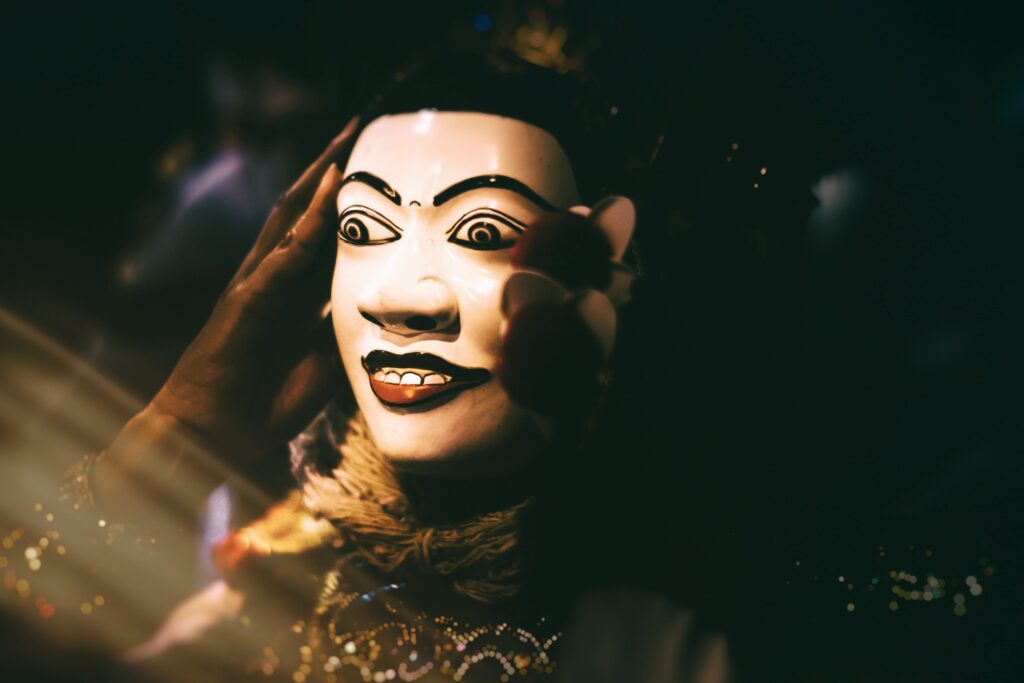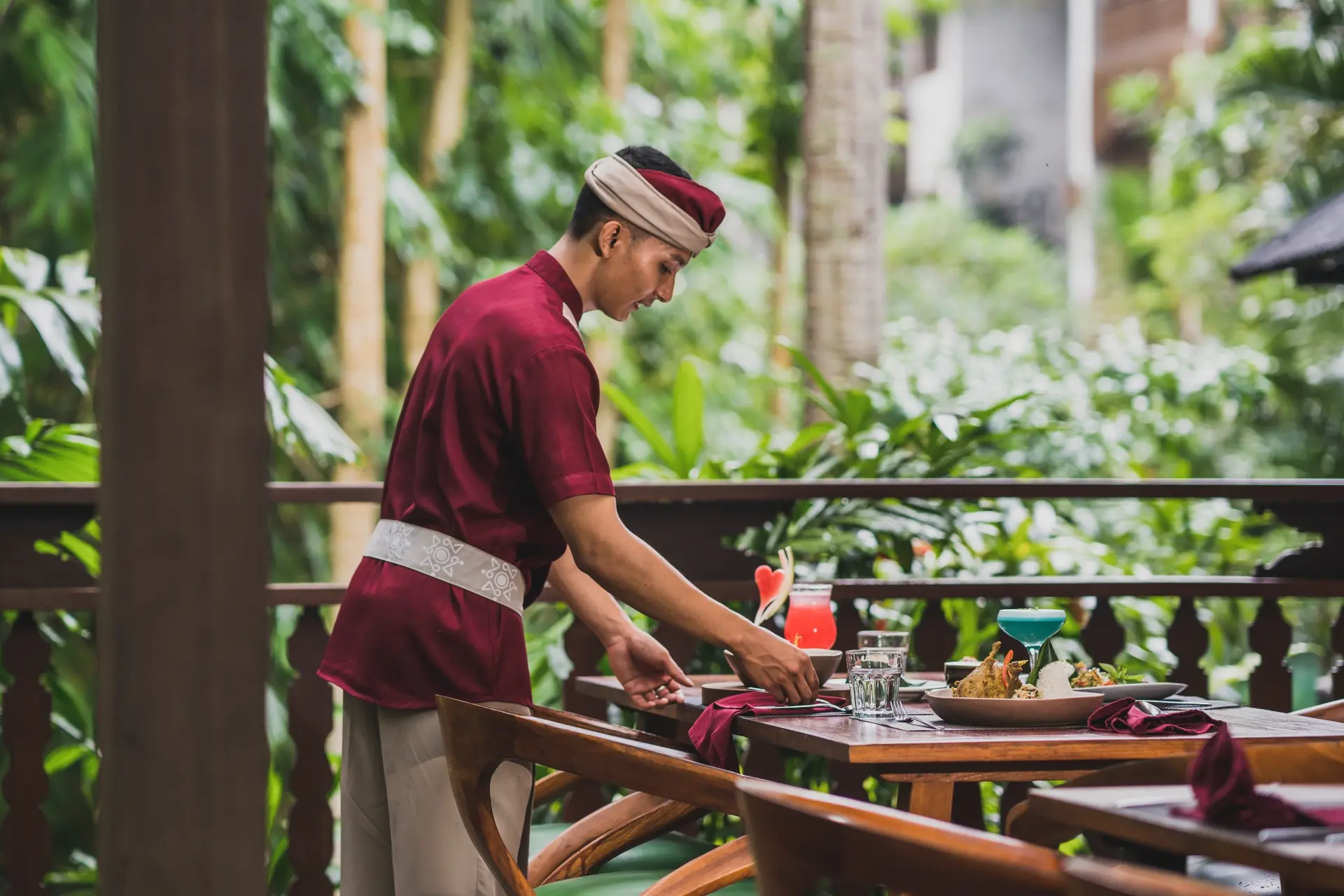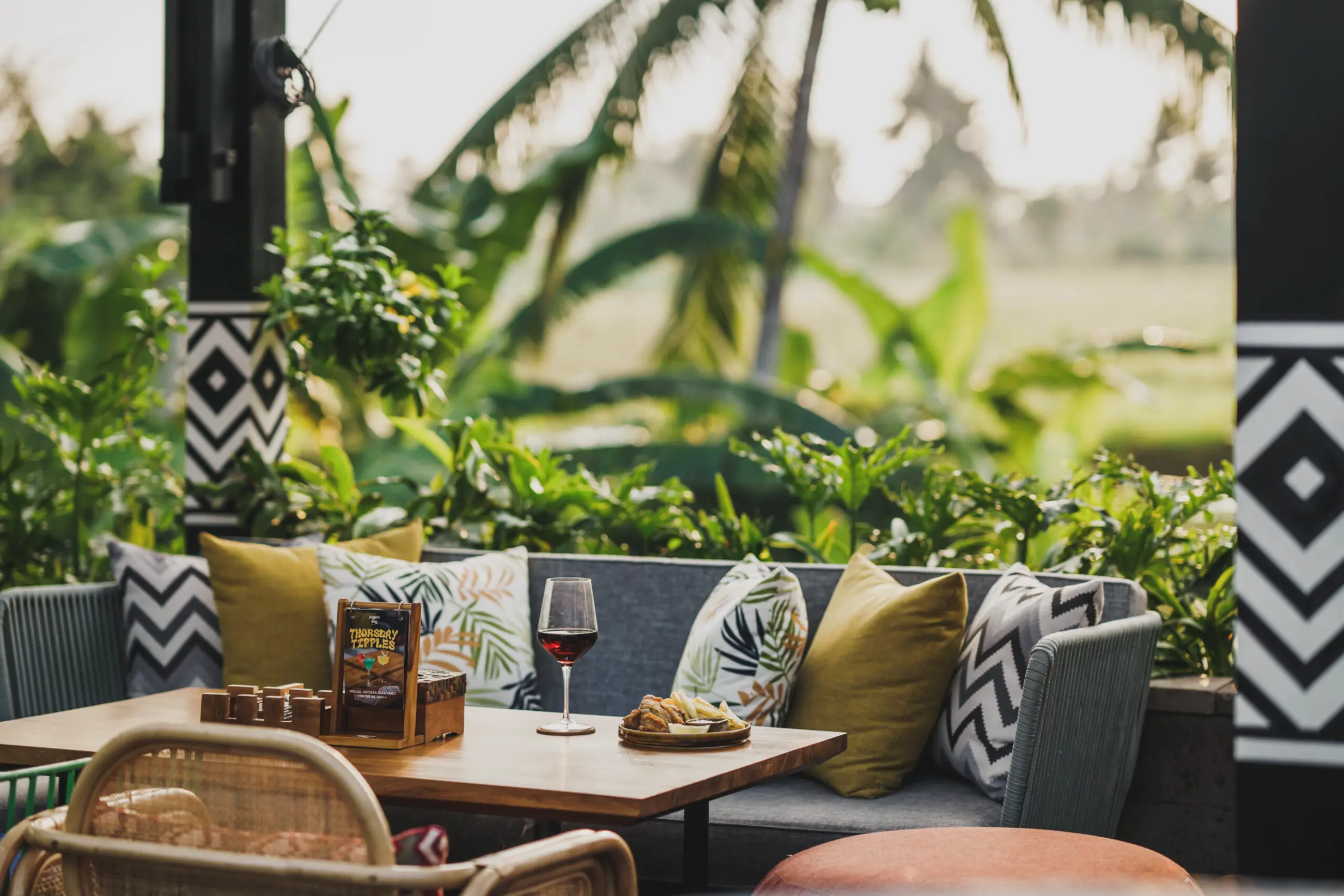The river flows, a cool wind blows, and the sun gives it a glow— prelude Ubud, Bali is a place like no other. Whether visiting or staying indefinitely, adoration always tributed to those who immerse themselves in the boundless offerings of nature and culture.
Bali’s image as a paradise came to the spotlight since the early 20th century. The travel industry was established, and the many names of Bali were associate with local culture and nature. From the tropical wonderland, the blessed isle, to the lotus isle that refers to its nature, and the land of rhythm, the land of art and religion, to the land of temples and dances that refers to its culture.[1]
Ubud is Epicentrum of Unique Destination
As Bali, Indonesia progresses into modernity, the interference of both nature and culture that are closely related is evident through overdevelopment as one of the main factors. Amidst the issue, Ubud still stands as a paradise where both tradition and international influences try to harmonize.
The timeless Balinese charm emanates in prelude of Ubud. From lush jungles, graceful temples, people going about their daily lives, craftsmen, music in the air, to daily rituals that bless all—everything coexists with modernity through the presence of restaurants, shops, and hotels.
Pass through Ubud city center, and a bridge in Campuhan or Tjampuhan will take everyone to places where multiculturalism flourish in Bali. Campuhan translated to mix, mingle, or blend—reflecting the area where everyone from all around the world meet with Balinese people and their culture, influencing one another. A phenomenon in Ubud since Bali warmly welcomes foreigners in early 20th century.
Mind behind all concept of Prelude Ubud
In Campuhan, artists and thinkers of Ubud traceable through their homes, galleries, and hotels that still hold their legacy while being an active hub for creativity. The Pitamaha movement by Tjokorda Gde Agung Sukawati, I Gusti Nyoman Lempad, Walter Spies, and Rudolf Bonet is a result of the merging of minds between Balinese and foreigners in 1936 that helped shape the island’s art progress. Today, we can see the remnants of their works that inspire others, especially local artists with their contemporary art progression.
The Balinese artists from Pita Maha inspired tourism through their canvas and paintworks, lending their style that developed beyond the movement. One of them was Ida Bagus Made with his mesmerizing monochrome creations that put Ubud and Bali into the international art world map.
Artists Walter Spies and Rudolf Bonnet found sanctuary in Campuhan, where they created and collaborated with Balinese people in houses that still stand today. The house of Maestro I Gusti Nyoman Lempad, which has been turned into a museum, is also located at this blending meeting place.
Root of Culture Ubud as Known Today
Today, Campuhan still serves as a place where cultures blend through events, establishments, and ideas. As new outside influences find a place in the area, tourism opens its arms to accommodate them. The bridge connects places, but it also connects people and what they bring to prelude Ubud and Bali.
From Campuhan, we move to Penestanan, another place with a mingling spirit through locations like Arie Smit’s house, where he lived in the 1960s. Through the tool of art, the painter spread his knowledge to the Balinese, leading to the creation of an expressive movement called the Young Artists.
One of the first artists to join the movement was I Ketut Soki from Penestanan, where he collaborated with Arie Smit. His vibrant works also lit the way for Ubud and Bali’s tourism, while establishing a new movement that further develops into today’s contemporary era.
In Sayan, a composer and writer named Collin McPhee built a house where he learned about Balinese culture, specifically the music of gamelan while connecting with the people. Remnants of the house still echo through architecture, interior, and garden in Sayan, with Made Wijaya as one of the designers that continue to adopt Balinese values and aesthetics.
The Spirit of Ubud in Singakerta
The straight road will lead to Singakerta, where artists carve wood and beyond in the backdrop of rice fields and lush jungle. Amidst of it all, the path can take everyone to JUGGAN SKY—a vibrant establishment that proudly celebrate the multicultural spirit of Ubud.
JUGGAN SKY is an artisanal beer garden in Bali that focuses on craft beer in Ubud. Embracing a mingle-state-of-mind, this first-ever Ubud rooftop bar welcomes all to indulge in an exceptional beer tasting experience. Besides beer, there are cocktails and culinary delights influenced by both local and international flavors.
A modern bar adorned with Balinese garden aesthetics, the picturesque view of rice fields and jungle that seemingly blend with the establishment radiate a timeless charm—making it one of the truly unique bars in Ubud.
As a jungle view bar in Ubud, mountains can be seen from afar when the weather is right. When the sun slowly sets to change the mood, JUGGAN SKY can transform into a magnificent sunset lounge in Bali. Day and night, anytime is perfectly alright.
JUGGAN SKY continues Ubud’s legacy in the multicultural community, where every pour tells a story and every gathering is a chapter that unfolds into memories. This sanctuary of glam welcomes all, from passersby to those who want to mingle with others—crafting their stories in Indonesia’s very own paradise.
Read more : 5 Famous Bar in Ubud must visit before dying !





